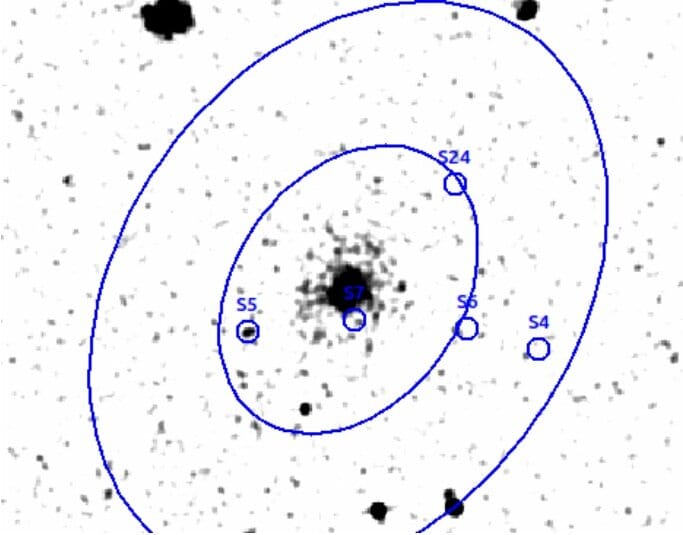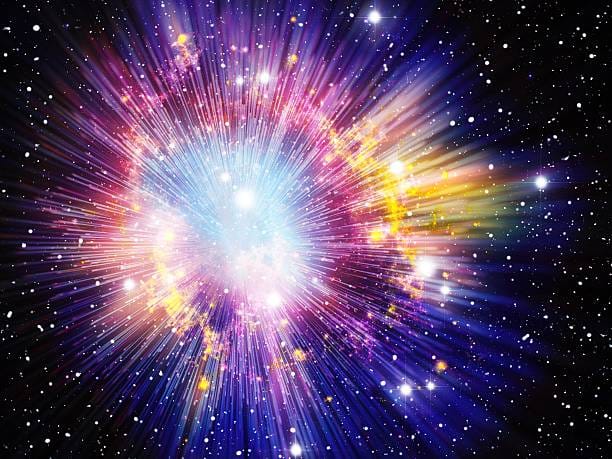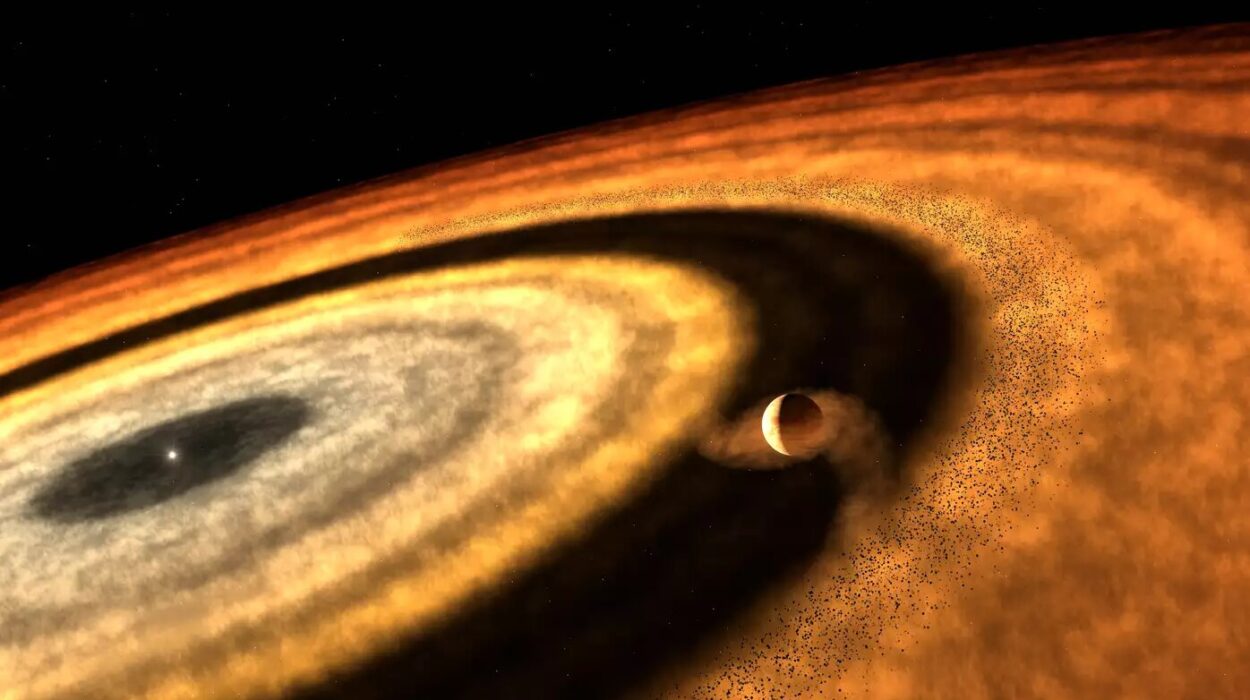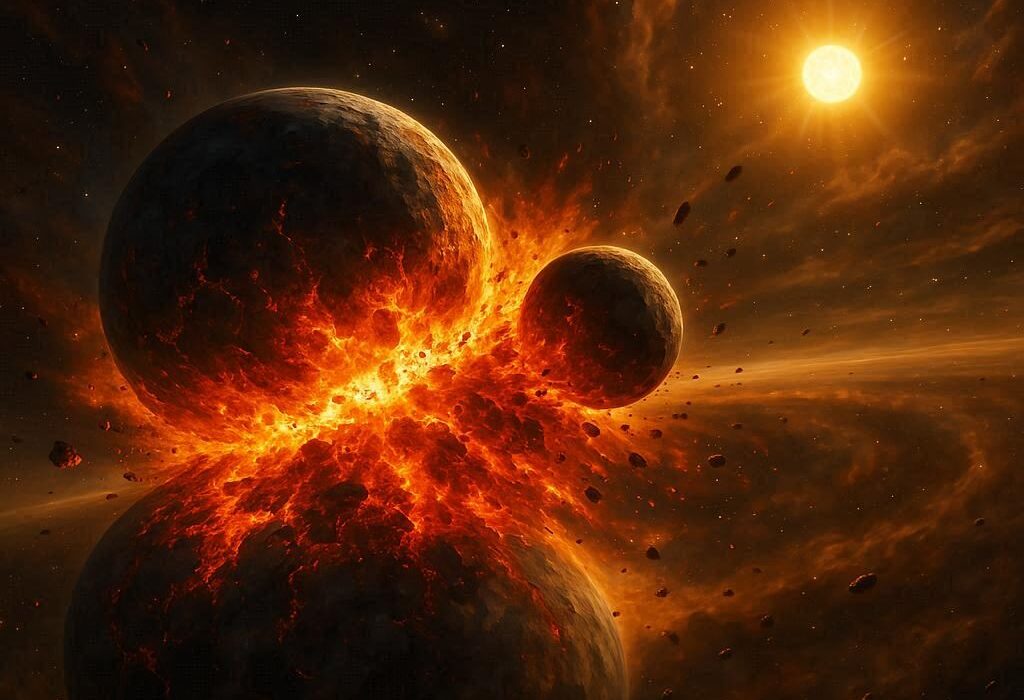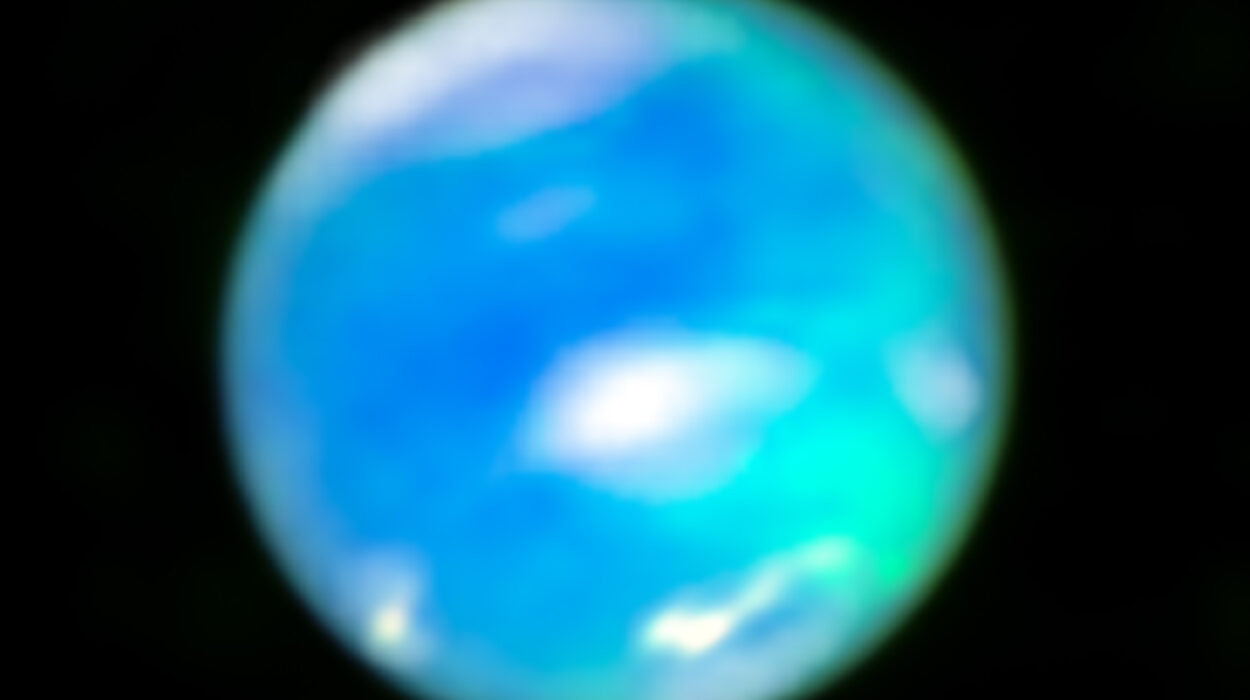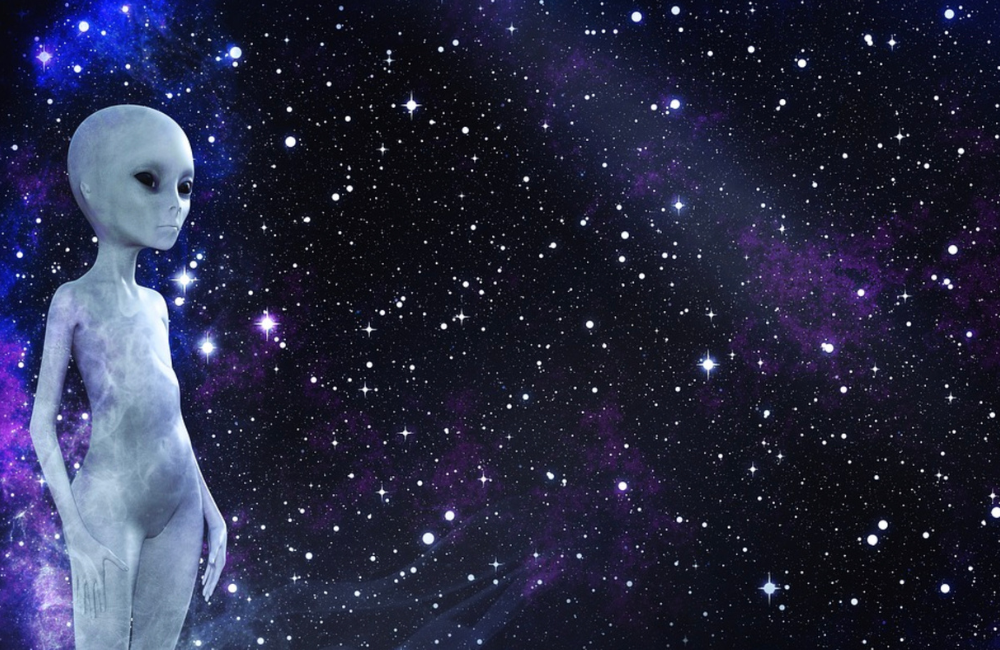In the vast expanse of the universe, some objects shine with a light so intense that they defy our understanding of physics. Astronomers call them ultraluminous X-ray sources — ULXs — and they are among the brightest beacons outside our Milky Way.
Now, thanks to a careful observational campaign using NASA’s Chandra X-ray Observatory and the European Space Agency’s XMM-Newton, a team of Indian astronomers has uncovered a brand-new member of this mysterious cosmic class in the giant elliptical galaxy NGC 5813.
The results, published August 7 on the pre-print server arXiv, don’t just reveal a new ULX. They also deepen the puzzle of what these extraordinary objects really are — and why NGC 5813 seems to have so many of them.
What Makes ULXs So Mysterious
ULXs are not just bright. They pour out more energy in X-rays alone than a million suns emit across all wavelengths combined.
That staggering power suggests something extreme is at work — likely matter falling at high speeds into a neutron star or a black hole. The exact identity of these objects has been hotly debated for decades. Are they home to neutron stars with unimaginably strong magnetic fields? Or do they harbor stellar-mass black holes feeding in overdrive?
The truth is, astronomers still don’t have a definitive answer. Each new ULX detection is like finding another piece of a cosmic jigsaw puzzle — one that could help us understand how matter behaves in the most extreme environments the universe can create.
A Galaxy With an Appetite for Extremes
The host of the new ULX, NGC 5813, is not your everyday galaxy. Located about 105 million light-years away in the Virgo supercluster, it’s part of the NGC 5846 group and has a remarkably regular elliptical shape — at least on the surface.
Look deeper, and the galaxy reveals signs of a turbulent past. Astronomers believe NGC 5813 may have experienced a recent merger, where two galaxies collided and fused into one. It also boasts an unusual mix of red and blue globular clusters, a kinematically distinct core, and a supermassive black hole weighing roughly 280 million times the mass of our Sun.
Previous studies had already shown that NGC 5813 is unusually rich in ULXs — eight had been spotted before this study. That’s a high number for a single galaxy, and astronomers have been eager to figure out why.
How Indian Astronomers Found a New ULX
Led by T. R. Rajalakshmi of Mahatma Gandhi University in Kerala, India, the research team embarked on a multi-epoch spectral study of NGC 5813’s persistent ULXs. They used archival and fresh observations from Chandra and XMM-Newton — two of the most sensitive X-ray eyes in space — to sift through the galaxy’s X-ray population.
Their detective work confirmed four of the known ULXs, revealed that two others were not true ULXs at all (one being an eclipsing binary star and another a foreground source), and — most excitingly — unveiled a brand-new one: CXOJ150101.11+014119.80, nicknamed S4.
S4 was spotted 2.65 arcminutes from the galaxy’s center, while the other re-identified ULXs were scattered between 0.43 and 1.97 arcminutes away.
Power Levels That Defy the Imagination
Among the five ULXs analyzed, the brightest was an old acquaintance: CXOJ150116.555+014133.97 (S5). It blazes with an average luminosity of 14.5 duodecillion erg/s — that’s a 14 followed by 40 zeros in units of energy per second. For comparison, our Sun emits about 4 × 10³³ erg/s across all wavelengths.
The other four ULXs, including the newcomer S4, shine between 1.5 and 3.82 duodecillion erg/s.
Curiously, none of these ULXs showed short-term variability during the individual observations. But S5 stood out with a 15.1% change in brightness between different observation periods. This kind of variability could hint at changes in the flow of matter onto the compact object — perhaps even shifts in the shape of its accretion disk.
A Possible Neutron Star ULX
One ULX in the galaxy, CXOJ150104.927+014136.02 (S6), exhibited an unusual property: an average photon index of less than 1.0. In X-ray astronomy, that’s a red flag for something special. It suggests an exceptionally hard spectrum, which could mean the object is powered by a neutron star rather than a black hole.
If confirmed, S6 could join the small but growing list of ULX pulsars — neutron stars spinning hundreds of times per second, with magnetic fields so intense they funnel infalling matter into X-ray-emitting hotspots. These exotic systems challenge our understanding of how much energy a neutron star can produce without tearing itself apart.
Why This Matters for Astronomy
The discovery of S4 and the refined census of ULXs in NGC 5813 are more than just a catalog update. They give astronomers a rare laboratory for studying how ULXs form, how they evolve, and how they interact with their host galaxies.
ULXs can inject huge amounts of energy into their surroundings, influencing how gas cools and forms stars. In galaxies like NGC 5813, which already host a supermassive black hole, studying ULXs could reveal whether galaxy-scale dynamics — like mergers — play a role in creating these extreme systems.
For now, the true nature of S4 remains hidden behind the light it pours out. But every new observation brings us closer to understanding what powers these celestial beacons — and whether they are the work of nature’s most exotic stars, ravenous black holes, or something stranger still.
More information: T. R. Rajalakshmi et al, Ultraluminous X-ray sources in the group-centric elliptical galaxy NGC 5813, arXiv (2025). DOI: 10.48550/arxiv.2508.05261
